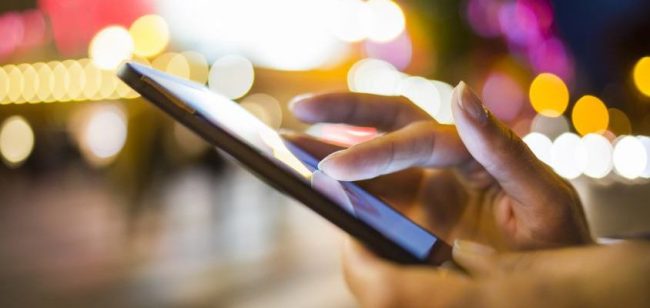Mobile Phones Step Up to Capture RAW Images
You’ve seen the marketing. The iPhone 7 is Apple’s best camera ever, Google’s getting serious about photography with its Pixel, and Samsung is still on top of its game with the S7, but this only tells half the story. Smartphones have become serious photography tools. There are a few aspects to this photography revolution. First,…

